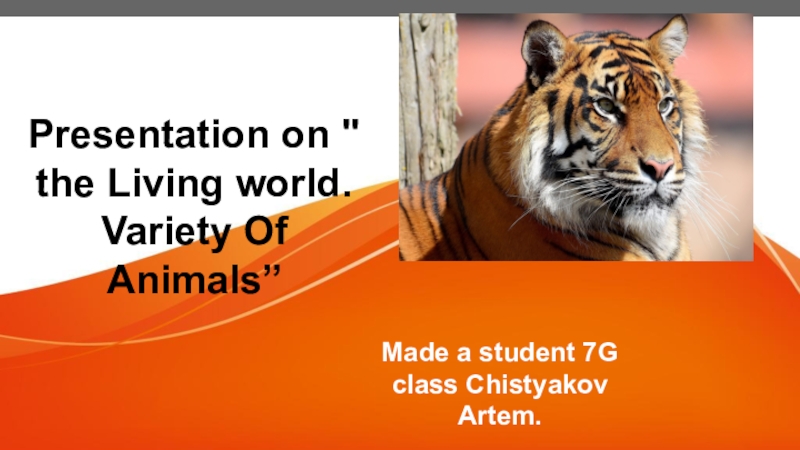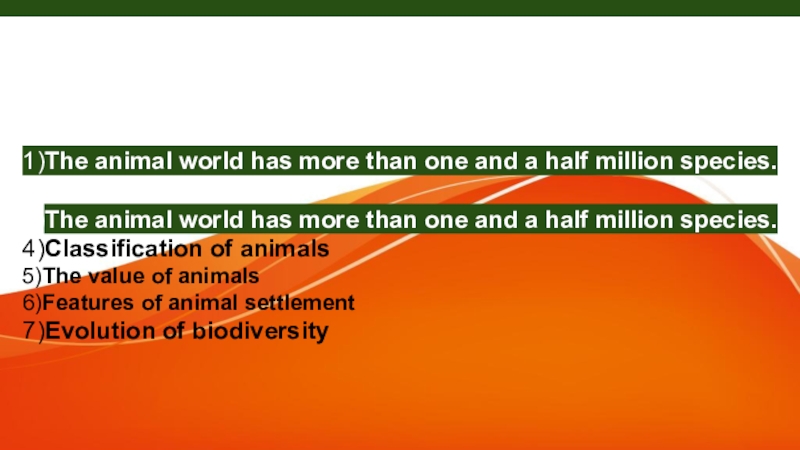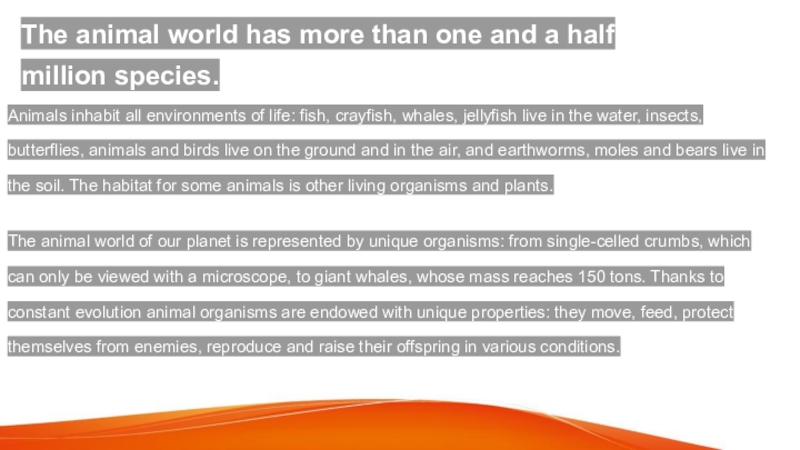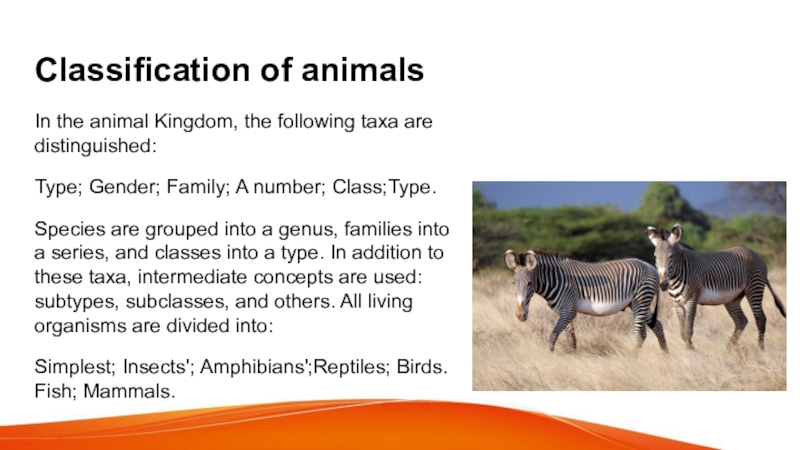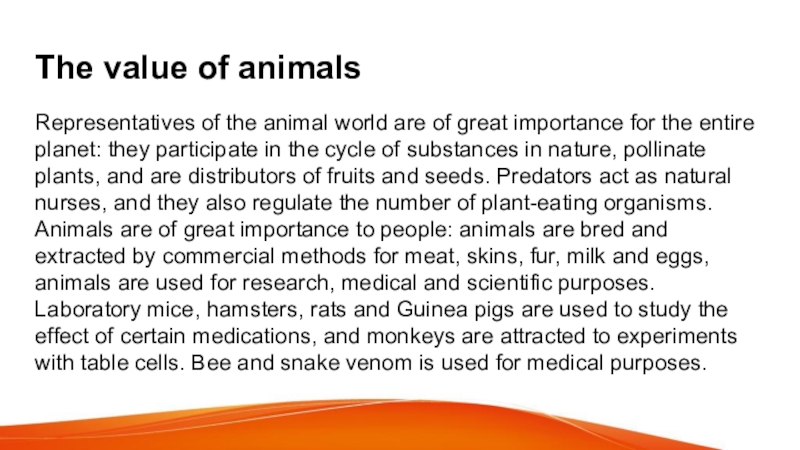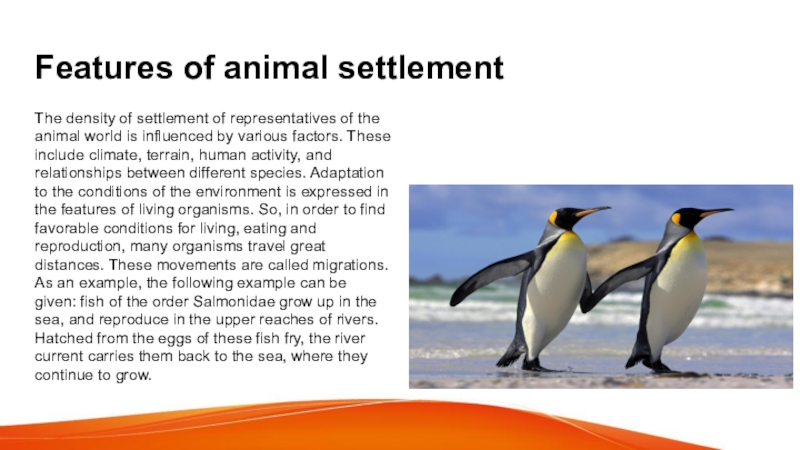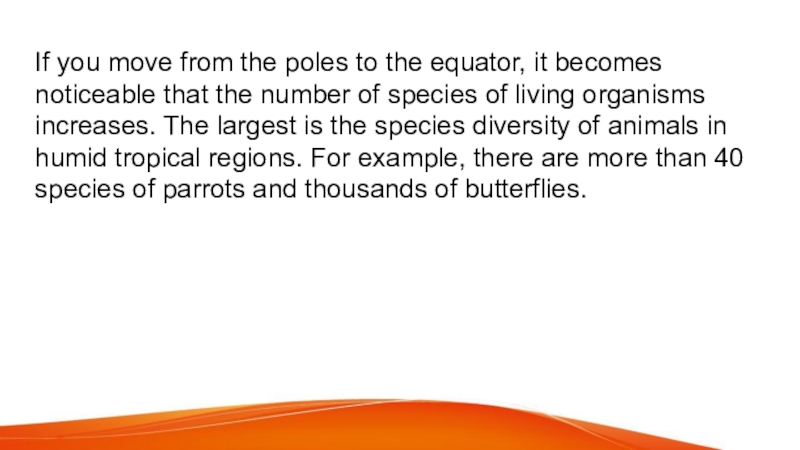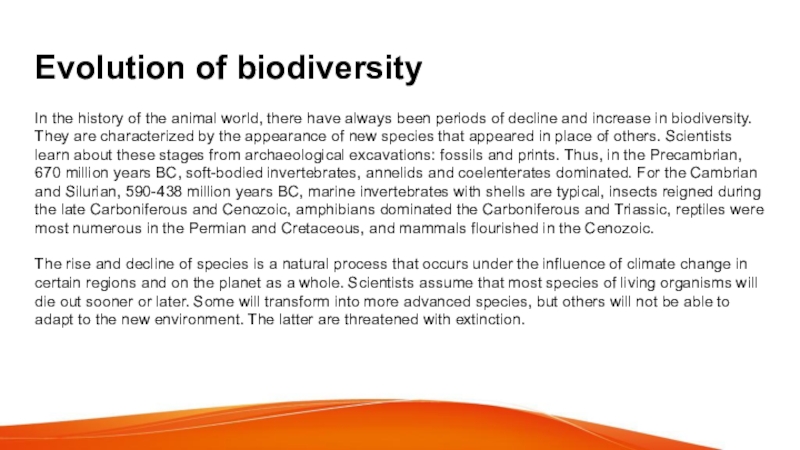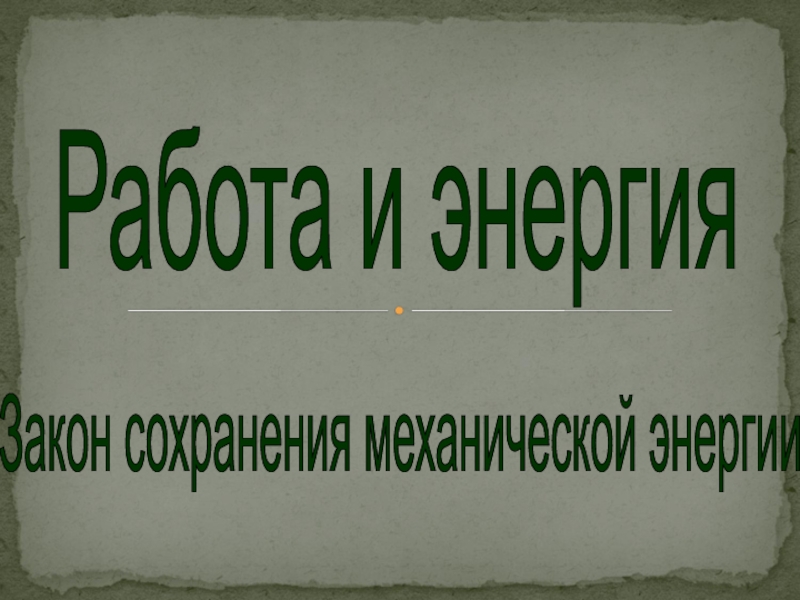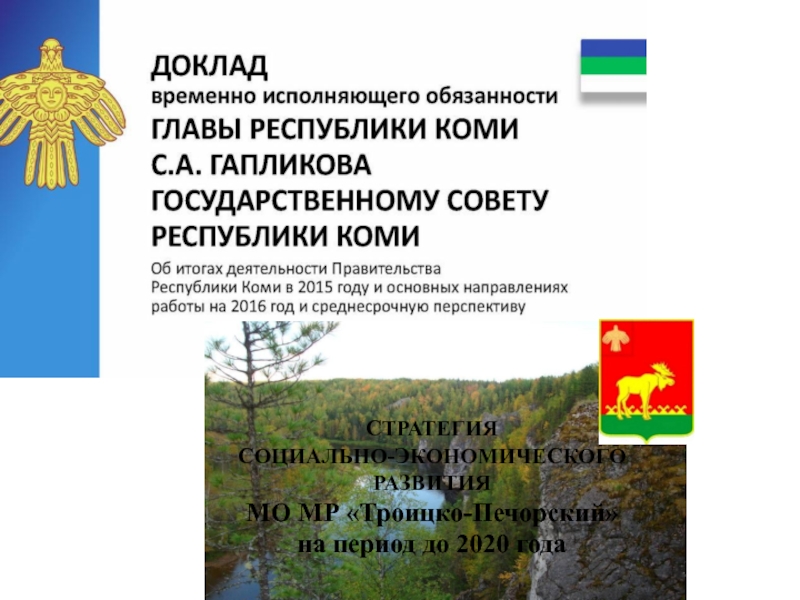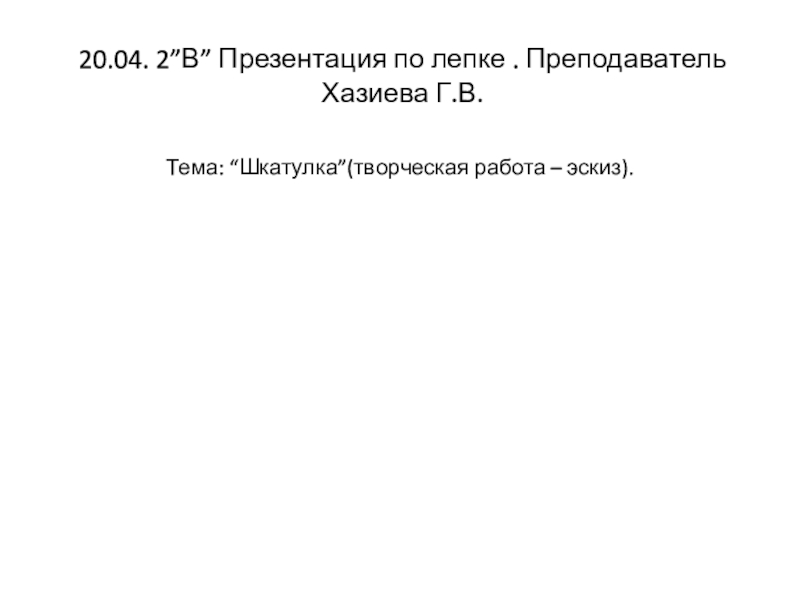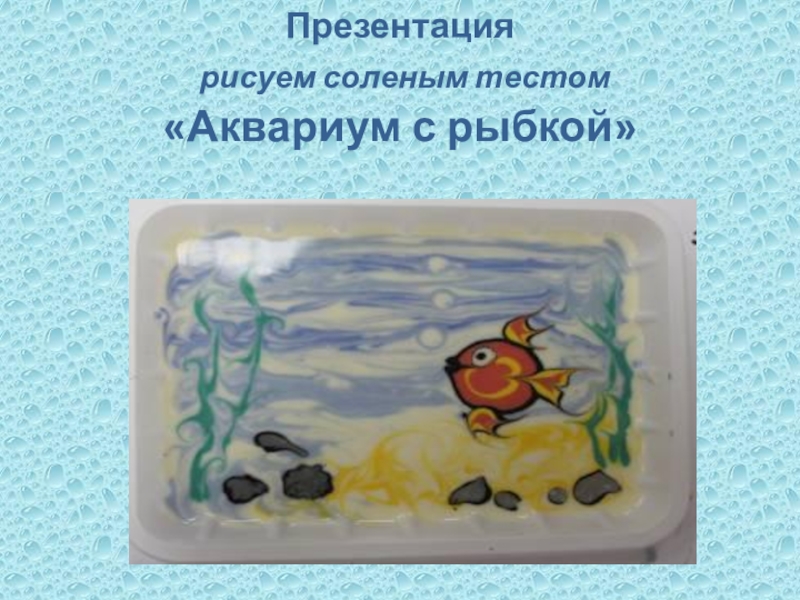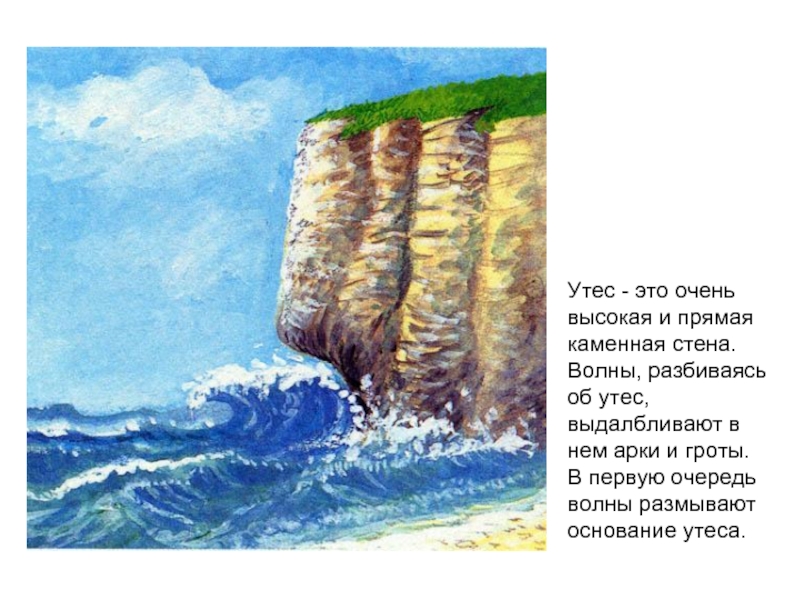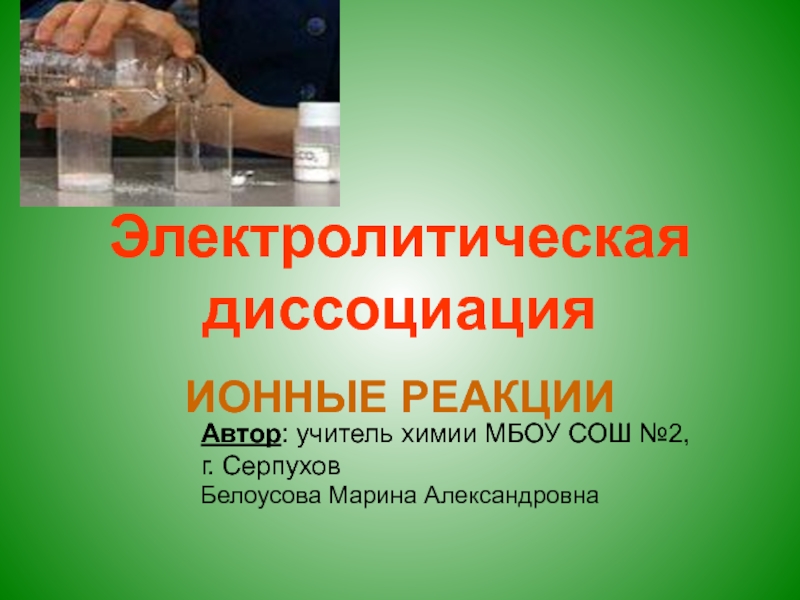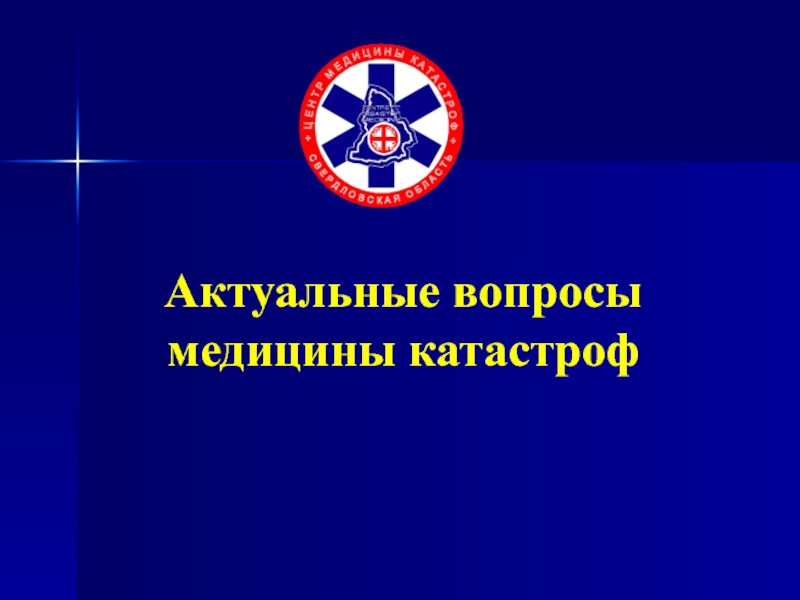Разделы презентаций
- Разное
- Английский язык
- Астрономия
- Алгебра
- Биология
- География
- Геометрия
- Детские презентации
- Информатика
- История
- Литература
- Математика
- Медицина
- Менеджмент
- Музыка
- МХК
- Немецкий язык
- ОБЖ
- Обществознание
- Окружающий мир
- Педагогика
- Русский язык
- Технология
- Физика
- Философия
- Химия
- Шаблоны, картинки для презентаций
- Экология
- Экономика
- Юриспруденция
Presentation on " the Living world. Variety Of Animals”
Содержание
- 1. Presentation on " the Living world. Variety Of Animals”
- 2. Content1)The animal world has more than one
- 3. The animal world has more than one
- 4. Classification of animalsIn the animal Kingdom, the
- 5. The value of animalsRepresentatives of the animal
- 6. Features of animal settlementThe density of settlement
- 7. If you move from the poles to
- 8. Evolution of biodiversityIn the history of the
- 9. Слайд 9
- 10. Скачать презентанцию
Content1)The animal world has more than one and a half million species.2)Classification of animals3)The animal world has more than one and a half million species.4)Classification of animals5)The value of animals6)Features of
Слайды и текст этой презентации
Слайд 1Presentation on " the Living world. Variety Of Animals”
Made a
student 7G class Chistyakov Artem.
Слайд 2Content
1)The animal world has more than one and a half
million species.
2)Classification of animals
3)The animal world has more than one
and a half million species.4)Classification of animals
5)The value of animals
6)Features of animal settlement
7)Evolution of biodiversity
Слайд 3The animal world has more than one and a half
million species.
Animals inhabit all environments of life: fish, crayfish, whales,
jellyfish live in the water, insects, butterflies, animals and birds live on the ground and in the air, and earthworms, moles and bears live in the soil. The habitat for some animals is other living organisms and plants.The animal world of our planet is represented by unique organisms: from single-celled crumbs, which can only be viewed with a microscope, to giant whales, whose mass reaches 150 tons. Thanks to constant evolution animal organisms are endowed with unique properties: they move, feed, protect themselves from enemies, reproduce and raise their offspring in various conditions.
Слайд 4Classification of animals
In the animal Kingdom, the following taxa are
distinguished:
Type; Gender; Family; A number; Class;Type.
Species are grouped into a
genus, families into a series, and classes into a type. In addition to these taxa, intermediate concepts are used: subtypes, subclasses, and others. All living organisms are divided into:Simplest; Insects'; Amphibians';Reptiles; Birds. Fish; Mammals.
Слайд 5The value of animals
Representatives of the animal world are of
great importance for the entire planet: they participate in the
cycle of substances in nature, pollinate plants, and are distributors of fruits and seeds. Predators act as natural nurses, and they also regulate the number of plant-eating organisms. Animals are of great importance to people: animals are bred and extracted by commercial methods for meat, skins, fur, milk and eggs, animals are used for research, medical and scientific purposes. Laboratory mice, hamsters, rats and Guinea pigs are used to study the effect of certain medications, and monkeys are attracted to experiments with table cells. Bee and snake venom is used for medical purposes.Слайд 6Features of animal settlement
The density of settlement of representatives of
the animal world is influenced by various factors. These include
climate, terrain, human activity, and relationships between different species. Adaptation to the conditions of the environment is expressed in the features of living organisms. So, in order to find favorable conditions for living, eating and reproduction, many organisms travel great distances. These movements are called migrations. As an example, the following example can be given: fish of the order Salmonidae grow up in the sea, and reproduce in the upper reaches of rivers. Hatched from the eggs of these fish fry, the river current carries them back to the sea, where they continue to grow.Слайд 7If you move from the poles to the equator, it
becomes noticeable that the number of species of living organisms
increases. The largest is the species diversity of animals in humid tropical regions. For example, there are more than 40 species of parrots and thousands of butterflies.Слайд 8Evolution of biodiversity
In the history of the animal world, there
have always been periods of decline and increase in biodiversity.
They are characterized by the appearance of new species that appeared in place of others. Scientists learn about these stages from archaeological excavations: fossils and prints. Thus, in the Precambrian, 670 million years BC, soft-bodied invertebrates, annelids and coelenterates dominated. For the Cambrian and Silurian, 590-438 million years BC, marine invertebrates with shells are typical, insects reigned during the late Carboniferous and Cenozoic, amphibians dominated the Carboniferous and Triassic, reptiles were most numerous in the Permian and Cretaceous, and mammals flourished in the Cenozoic.The rise and decline of species is a natural process that occurs under the influence of climate change in certain regions and on the planet as a whole. Scientists assume that most species of living organisms will die out sooner or later. Some will transform into more advanced species, but others will not be able to adapt to the new environment. The latter are threatened with extinction.
